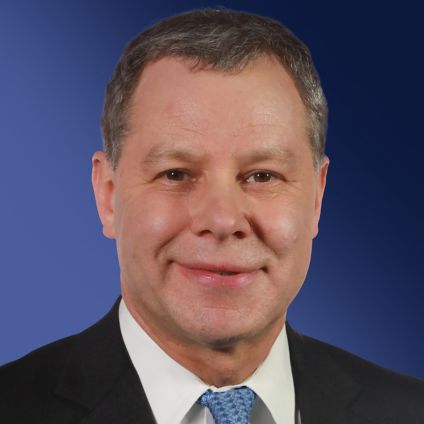As my colleague Jim Liddy retires and I take over the helm of KPMG’s Global Financial Services practice, I took some time to reflect on how events of the past year have changed KPMG firm’s business models as well as that of our clients.
Our recently published KPMG Global CEO Outlook Pulse Survey illustrates what CEOs from some of the most well-known global businesses are thinking about as they come to terms with the long-term impacts of the COVID-19 pandemic on their organizations.
Whether it be the changes to customer and client engagement, the accelerated pace of digital adoption or maintaining connectivity across the globe, all the CEOs surveyed agree that their businesses are very different than they were 12 months ago with many remaining irrecoverably so. As an example, for colleagues in the Financial Services sector - nearly a quarter of them said the creation of new digital business models has been accelerated by years and they are now working to sustainably embed these into their long-term plans.
For the KPMG Financial Services community, things are no different.
Like clients, KPMG firms had to move to virtual working practically overnight. Thanks to our technology teams, we rapidly accelerated our collaboration platform projects and were able to maintain critical connectivity with clients and our colleagues.
This has brought some big positives. Gone are the days of long periods away from home or trying to align the diaries of time-challenged, global-traveling leaders to meet in one location on one specific day. A nearly impossible task!
Now, quick connects are quite straightforward and gathering expertise from across the global organization to discuss and address a client challenge is much easier to do. I hope these both remain - even if only in a hybrid way.
I also hope that organizations and employees will both continue to foster and encourage the more “outcome-focused” ethos I have observed during the pandemic. A collaboration that shifts away from an environment focused on working in the office during “normal” hours, to one that more readily acknowledges the additional responsibilities that everyone has, many of which have become much more time-consuming and acute over the past year.
Teams have worked together to support working parents or those with caring responsibilities, as only two examples, who may need to work a “split-shift” to do what they need to do. I have seen increased levels of mutual recognition that objectives and timelines will still be met - they just might not be done between 9 and 5.
This must continue. All the clients and KPMG professionals I have spoken with strongly advocate for this flexibility and I am firmly committed to continuing to foster and embrace this across the practice.
In addition, the push to a hybrid working model has radically altered recruitment policies across most of the working world. No longer hindered by borders or time zones, many organizations are now tapping into a truly global pool of talent, presenting a tremendous opportunity to not only foster increased diversity and maximize resource and cost efficiencies but to also uplift and radically expand organizational growth horizons. There is really no part of the globe that cannot be reached. This is something that should be embraced and in fact, many of the leaders that I speak to are already working to ensure that new policies and governance protocols, including tax considerations, are in place to support and enable this potential.
However, going virtual has made some things more difficult. For someone who has worked fundamentally “in-person” for most of my career, I miss the personal connections. A welcoming handshake, a morning coffee with a colleague or the energy and positivity generated when a client service team or group of people get together in a room to discuss a project or work through a problem has not existed. These are hard to replace.
Also, those face-to face programmatic interactions that were the historical bedrock of KPMG firms onboarding and mentorship curricula are going to have be adapted to reflect the new reality. It is critical that our long-standing commitment and recognized strength in this area continues but, going forward, it will have to be developed and executed in more of a hybrid fashion.
Now the question remains how many of the changes are here to stay? Once economies begin to reopen what, if anything, will revert to a pre-pandemic normal and what won’t?
None of us can answer this with any real confidence but even with this uncertainty, I am feeling optimistic about the road ahead. Working together with clients and our people, we can incorporate the positive changes experienced over the past year and the culture of connectivity and collaboration will hopefully remain.


